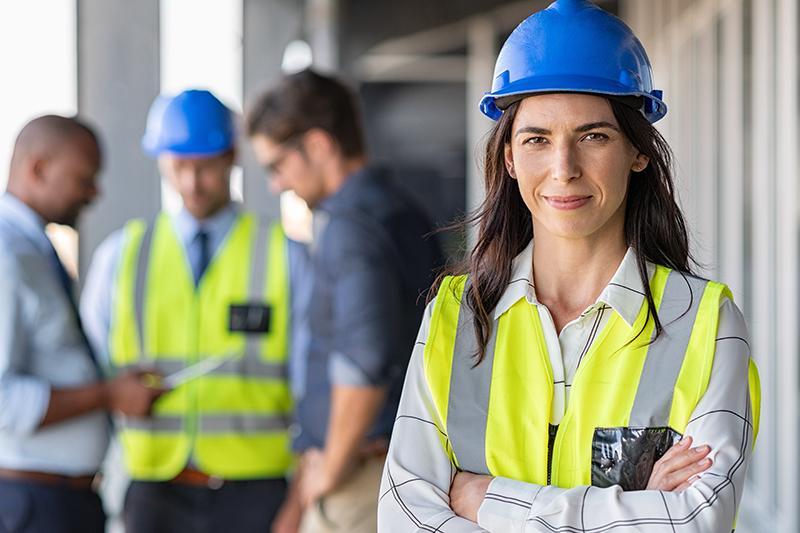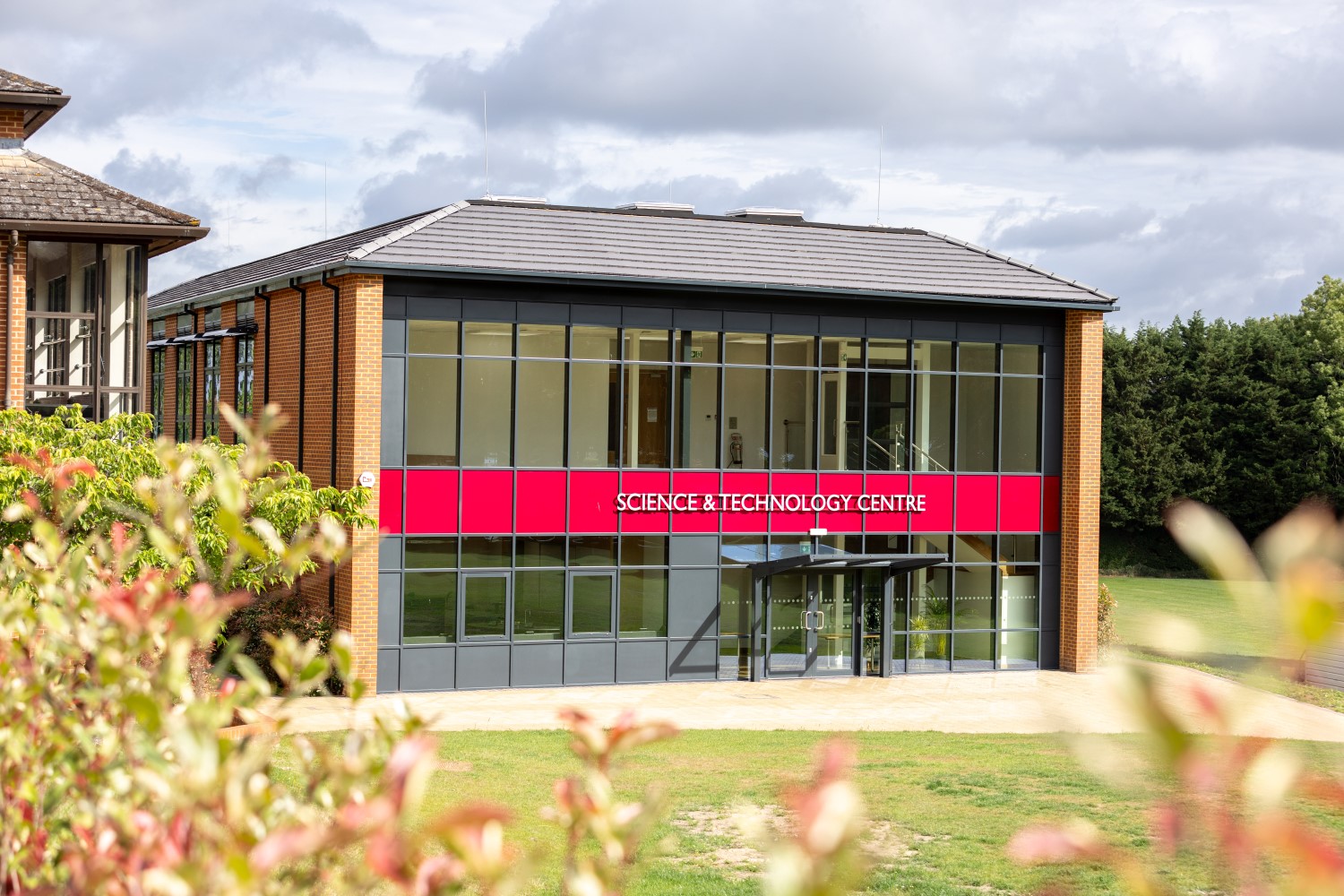
It doesn’t have to be a box
Gone are the days when modular construction provides simple bare-boned, boxy structures predominantly used to accommodate overflow space or provide simplistic prefabricated homes.
Modular has grown and with it, its aesthetics have come a long way. Modern modular building design creates imaginative bespoke projects individually tailored to meet the individual’s required style.
Why is Modular gathering such momentum?
Easy to customise
The benefit of modern design software is that it allows for a bespoke dialogue between client and designer. Architectural modelling software can provide a 360-degree perspective and allow detailed layout plans to be tailored to an exceptional level of detail.
Meanwhile, 3D animations give a real sense of what the building and environment will look like using virtual walkthroughs, such as in the below example of a new sports club building.
These tools empower the client to engage in the design from concept to completion.
Speed
With modular, 70% of the building is completed in the factory. Whilst buildings are under construction in the factory, groundwork commences at the same time. The remaining internal and external finishes take place as soon as the building is delivered to the site.
This system results in a build 50% quicker than traditional construction methods. Speed is a big plus when it comes to modular design.
Cost
In house designers ensure that all design features and specifications required in terms of design also fit within the clients’ budget. The speed of off-site construction results in a more competitive build experience in comparison to a traditional build project, and pioneering developments in engineering allows for greater efficiency within the manufacturing process, keeping costs within budget and deliveries kept to schedule.
External Factors
With more overall control throughout the whole modular build process, the fact construction takes place in a factory environment allows unexpected elements such as delay due to weather disturbance to be a thing of the past. On site preparations run parallel to factory construction also meaning narrow windows of time can be planned in for projects to run smoothly and to schedule.
Sustainability
With modular construction taking place off site in a factory. The use of recycled materials and efficiencies in production is one of the highest in the construction industry and is a major contributor to reducing the carbon emissions in the industry by 40% which is the Government’s target by 2035.
Find out more about how to take your idea from concept to construction
Contact Us






